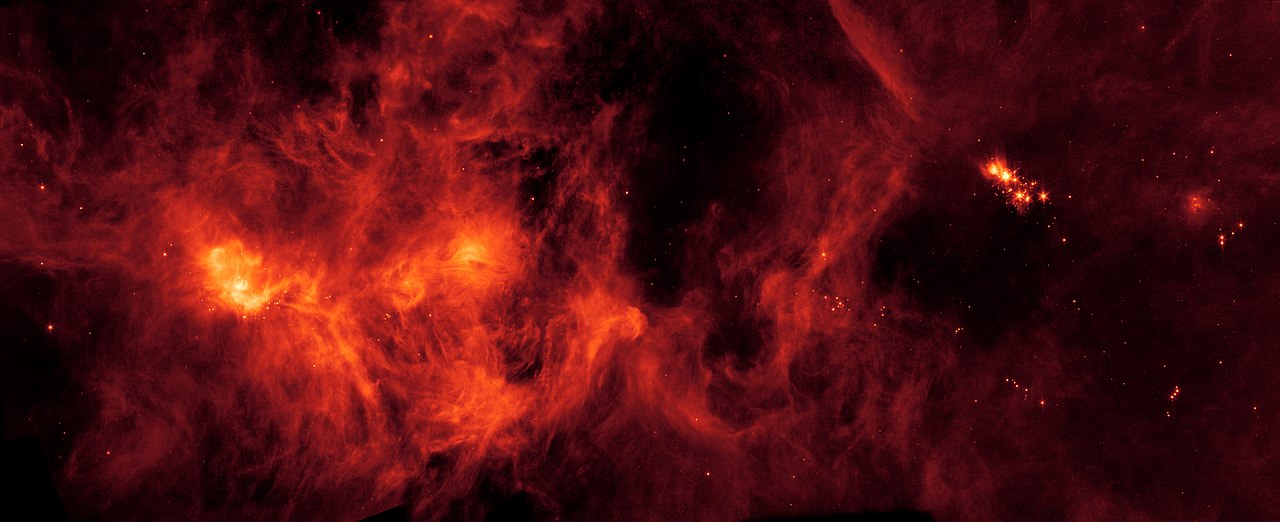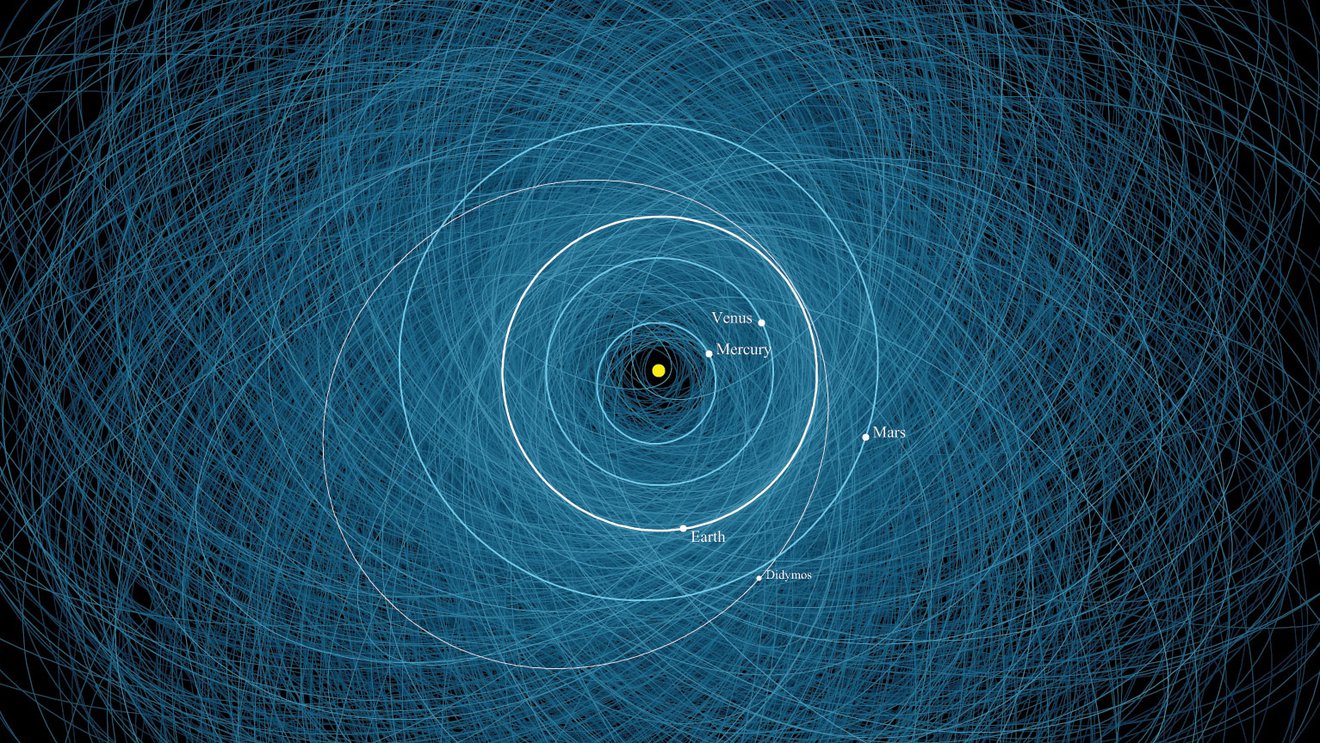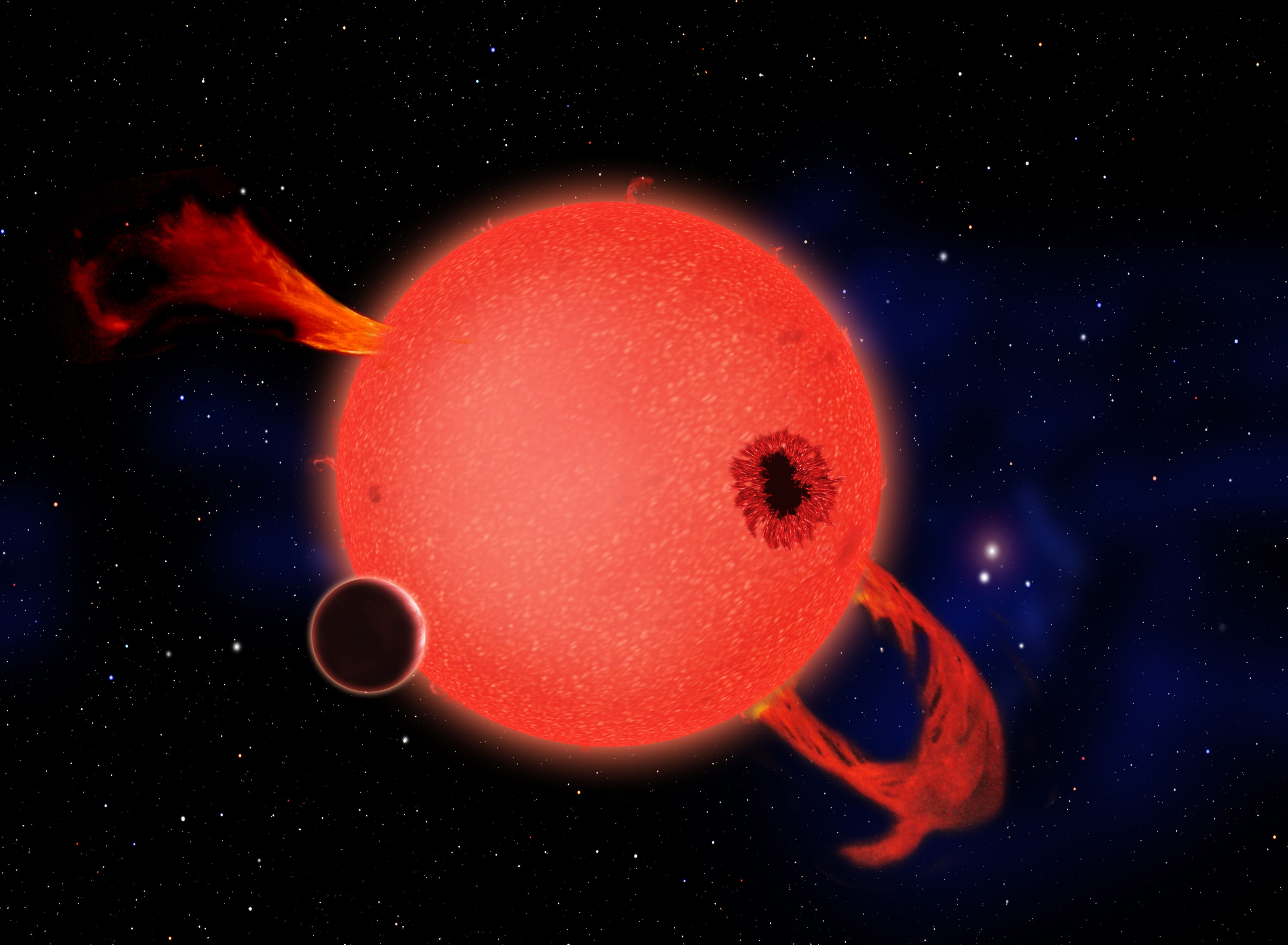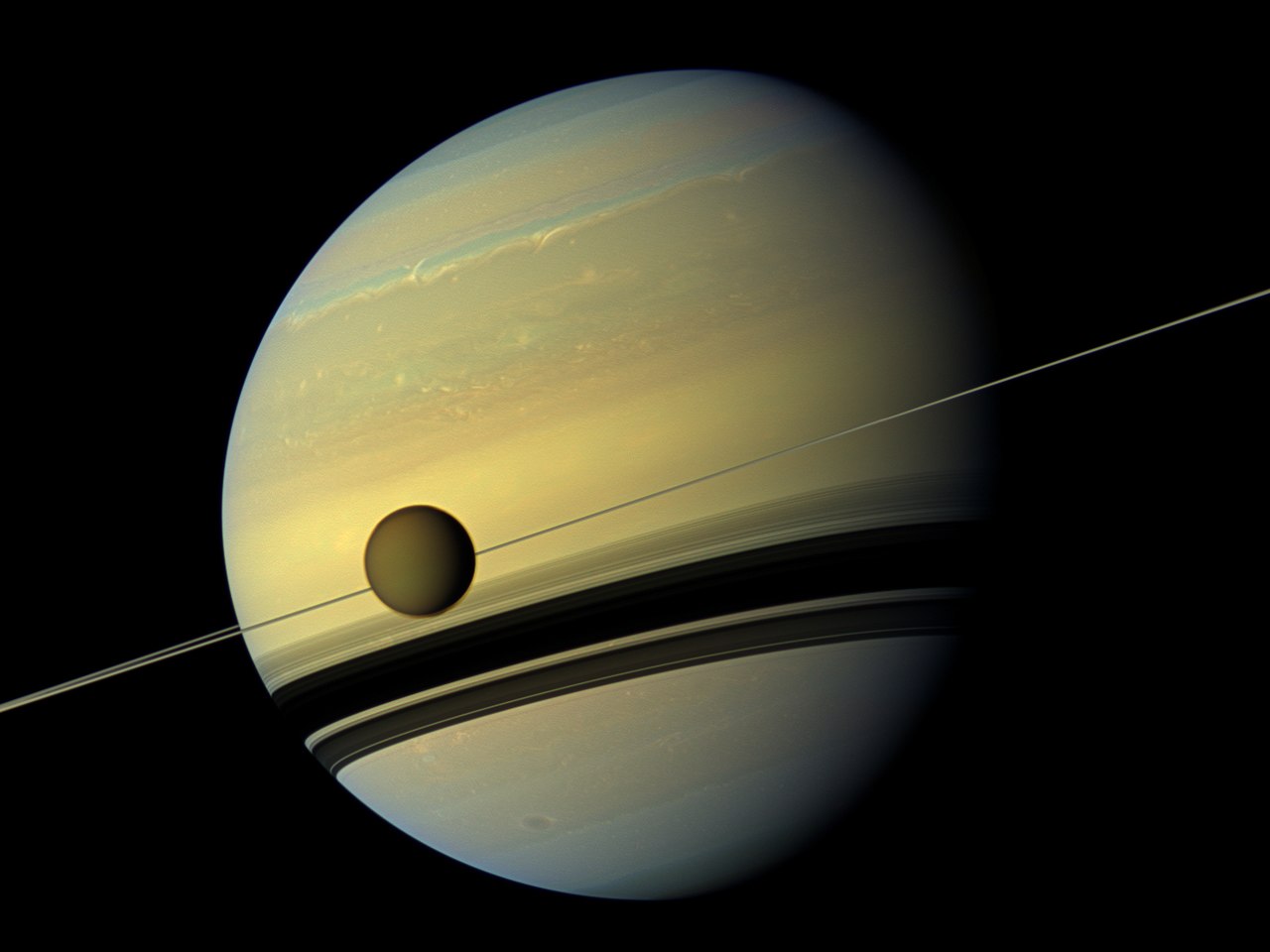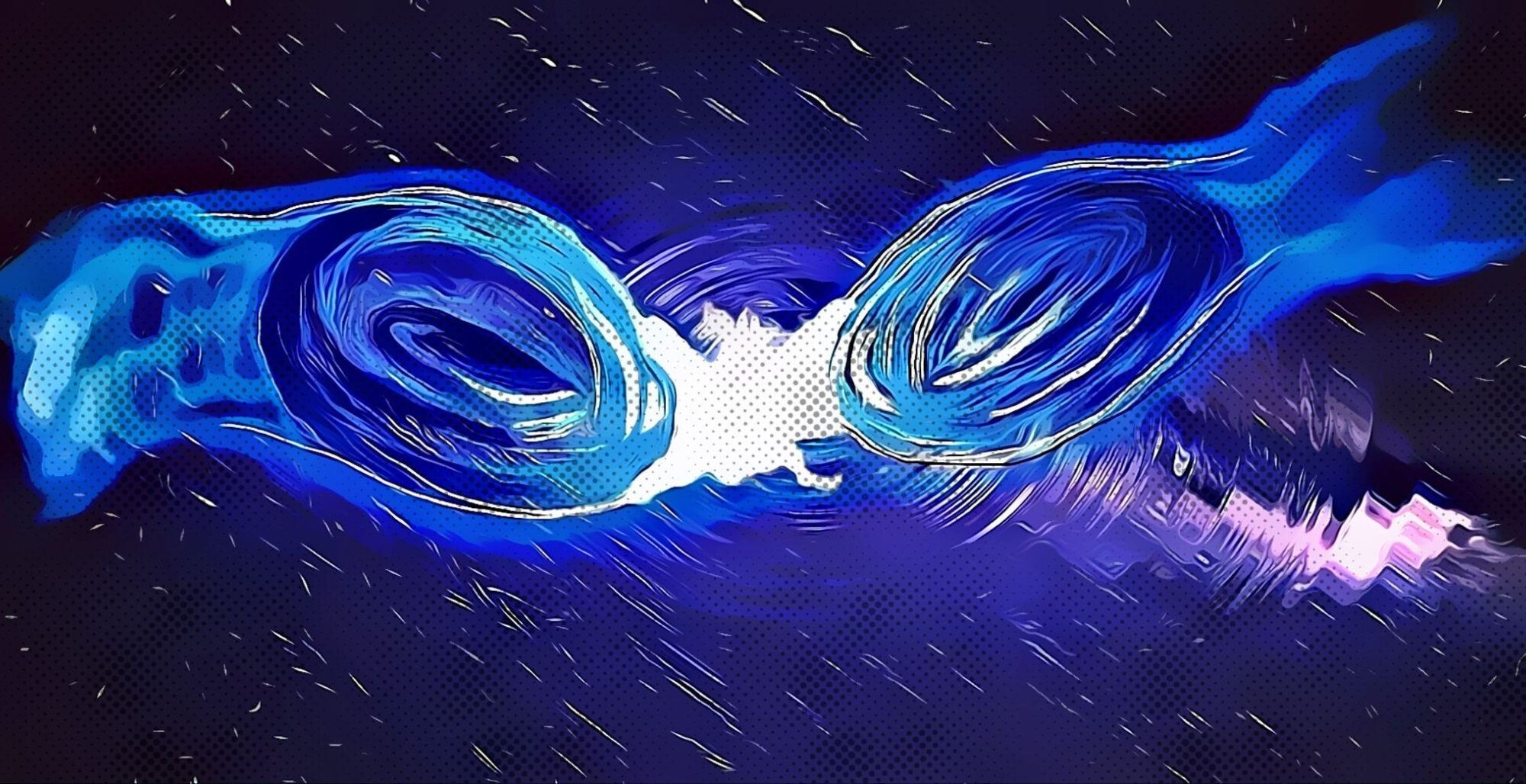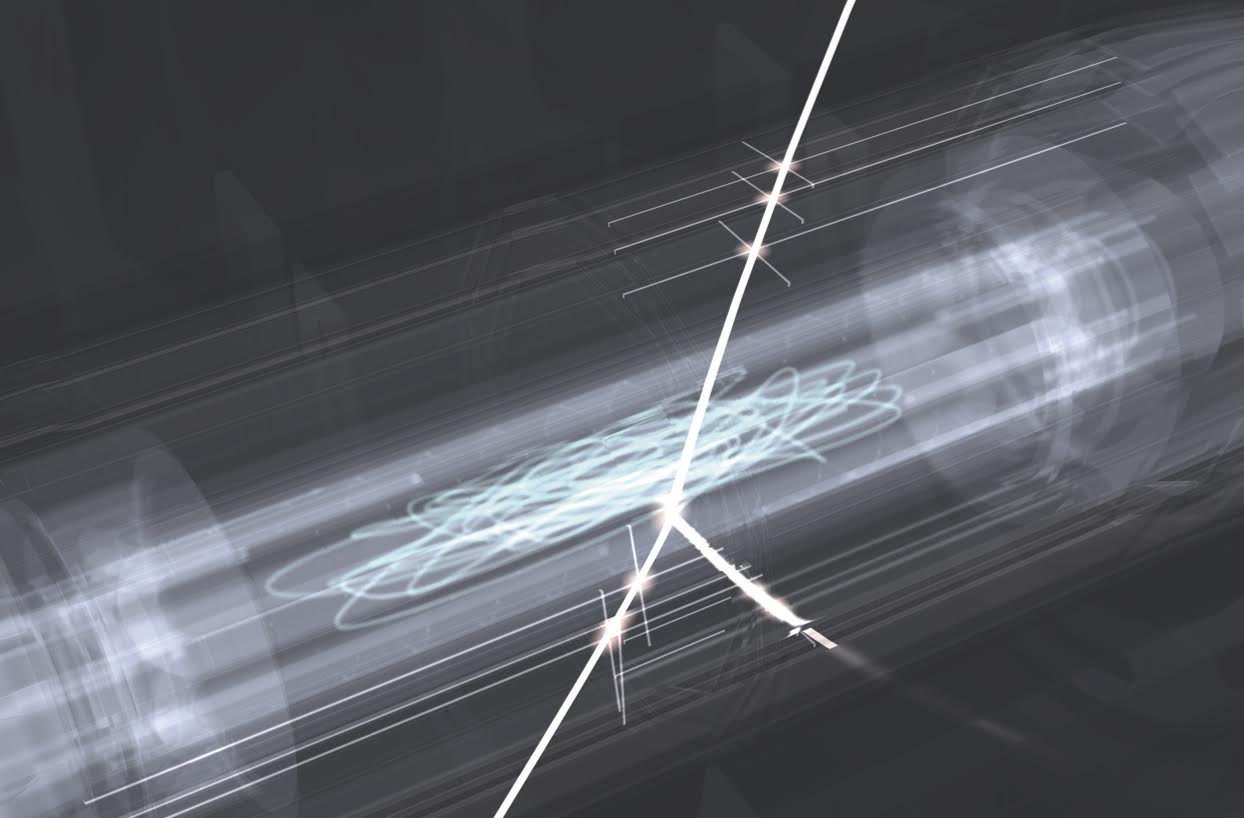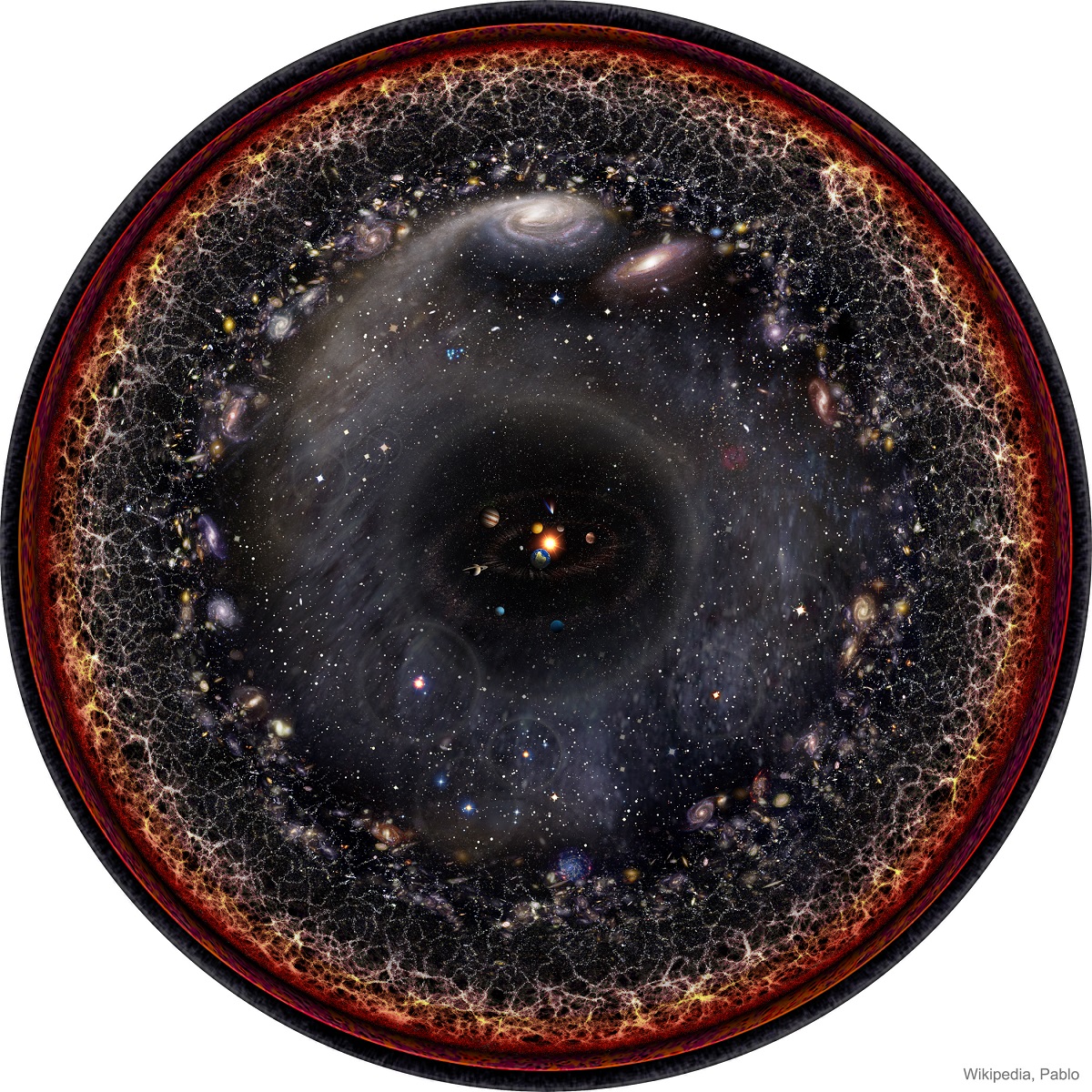At first the sum total of large, orderly structure in the Universe appeared to arrive in two categories. There were the clusters of galaxies – an unoriginal but descriptive name – each a dense ball with anywhere from a few dozen to a few hundred galaxies, all bound together by their mutual gravitational embrace. And then there were the field galaxies, lonely wanderers set apart and adrift from the clusters, not bound to anyone but themselves. That was it: the clusters of galaxies, the field galaxies, and the megaparsecs of emptiness that enveloped them all.
Continue reading “A Brief History of the Discovery of Cosmic Voids”A Brief History of the Discovery of Cosmic Voids


